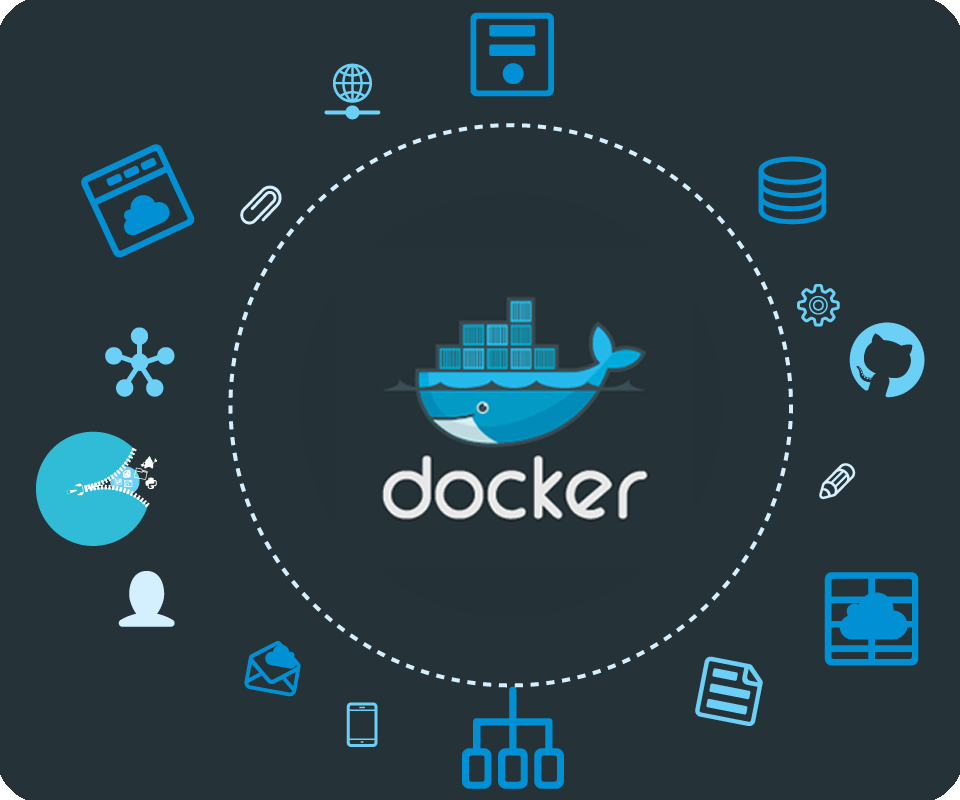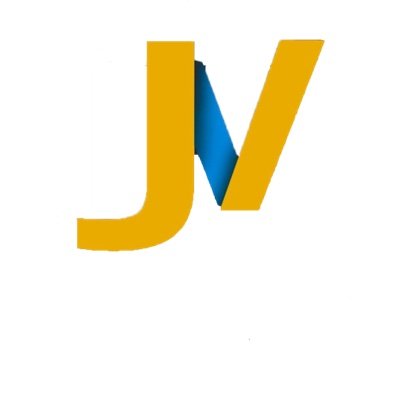H. Valters
Ethical Penetration tester / DevSecOps / IT Solution Developer / System administrator
What are the benefits of Docker?

Docker has become an efficient way of boosting productivity in IT development processes. As the market keeps growing, people want to explore the biggest Docker benefits and they want to know more about this valuable tool. The main question here is: why Docker? Essentially, companies including corporations and developers utilize Docker containers because it is a dramatic improvement for cloud development and DevOps in general.
Key Benefits of Docker Containers
The crucial word here is agility. When I say ‘agility’ it basically refers to getting features and updates to customers or clients faster. Docker is an important tool when you’re creating the groundwork for any modern application. Primarily, it enables easy deployment to the cloud or VPS also can be used on any server. Beyond that, Docker technology is also more controllable, more granular, and is a microservices-based method focused on efficiency. Now, let’s take a deep dive by examining the seven major Docker benefits.
Consistent and Isolated Environment
Using containers developers can create predictable environments that are isolated from other apps. Regardless of where the app is deployed, everything remains consistent and this leads to massive productivity: less time debugging, and more time launching fresh features and functionality for users.
Cost-effectiveness with Fast Deployment
Docker-powered containers are known for decreasing deployment time to seconds. That’s an impressive feat by any standard. Traditionally, things like provisioning, getting the hardware up and running would take days or more. In addition, you faced massive overheads and extra work. When each process is put into a container, it can be shared with new apps. The process of deployment becomes swift and you are essentially ready to go.
Mobility – Ability to Run Anywhere
Docker images are free of environmental limitations, and that makes any deployment consistent, movable (portable), and scalable. Containers have the added benefit of running anywhere, providing it is targeted at the OS (Win, Mac OS, Linux, VMs, On-prem, in Public Cloud), which is a huge advantage for both development and deployment. The widespread popularity of the Docker image format for containers further helps. It has been adopted by leading cloud providers, including Amazon Web Services (AWS), Google Compute Platform (GCP), and Microsoft Azure. In addition, you have powerful orchestration systems such as Kubernetes, and products such as AWS ECS or Azure Container Instances are mighty useful in terms of mobility.
Repeatability and Automation
You are building code with repeatable infrastructure and config. This speeds up the development process tremendously. It must be pointed out that Docker images are often small. Consequently, you get fast delivery and, again, shorter deployment for new application containers. Another advantage is straightforward maintenance. When an application is containerized, it’s isolated from other apps running in the same system. In other words, apps don’t intermix and application maintenance significantly easier. It lends itself to being automated; the faster you repeat, the fewer mistakes you make, and the more you can focus on core value for a business or application.
Test, Roll Back and Deploy
As I already said, Environments remain more consistent in Docker, from start to finish. Docker images are easily versioned, which makes them easy to roll back if you need to do so. If there is a problem with the current iteration of the image, just roll back to the older version. The whole process means you are creating the perfect environment for continuous integration and continuous deployment (CI/CD). Docker containers are set to retain all configs and dependencies internally. Now, you have a fast and easy way of checking for discrepancies.
Flexibility
If you need to perform an upgrade during a product’s release cycle, you can easily make the necessary changes to Docker containers, test them, and roll out new containers. This sort of flexibility is another key advantage of using Docker. Docker really allows you to build, test, and release images that can be deployed across multiple servers. Even if a new security patch is available, the process remains the same. You can apply the patch, test it, and release it to production. Additionally, Docker allows you to start and stop services, or apps rapidly, which is especially useful within the cloud environment.
Collaboration, Modularity and Scaling
The Docker method of containerization allows you to segment an application so you can refresh, clean up, repair without even taking down the entire app. Furthermore, with Docker you can build an architecture for applications comprising of small processes that communicate with each other via APIs. From there, developers share and collaborate, solving any potential issues quickly. At this stage, the development cycle is completed and all issues are resolved, with no massive overhaul needed – this is extremely cost-effective and time-saving.

